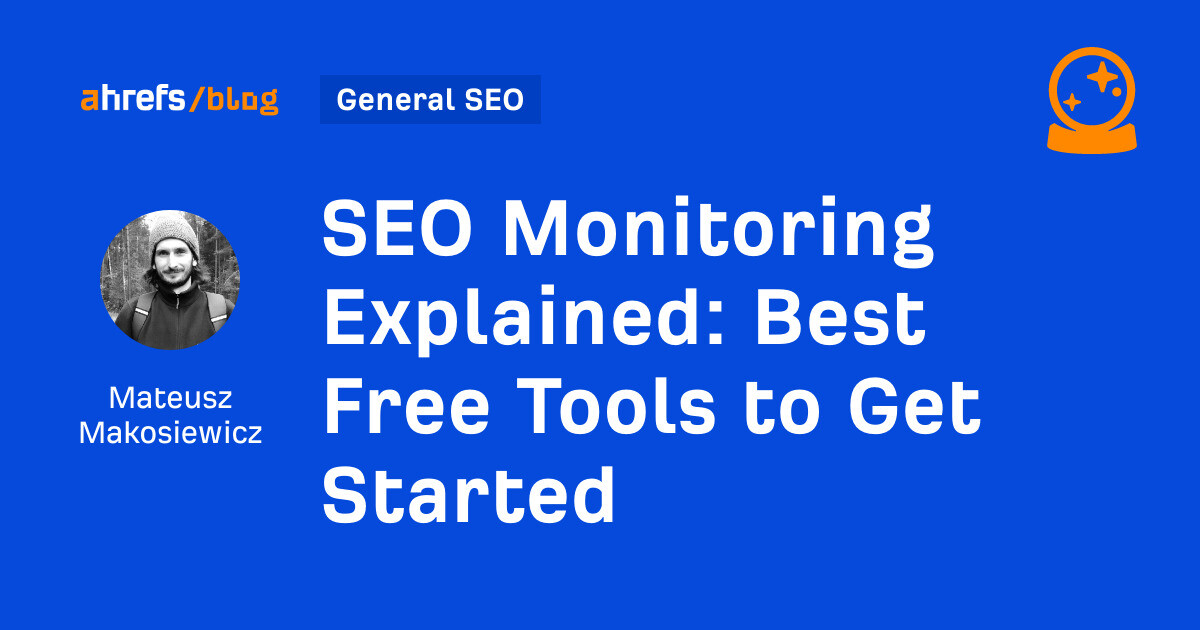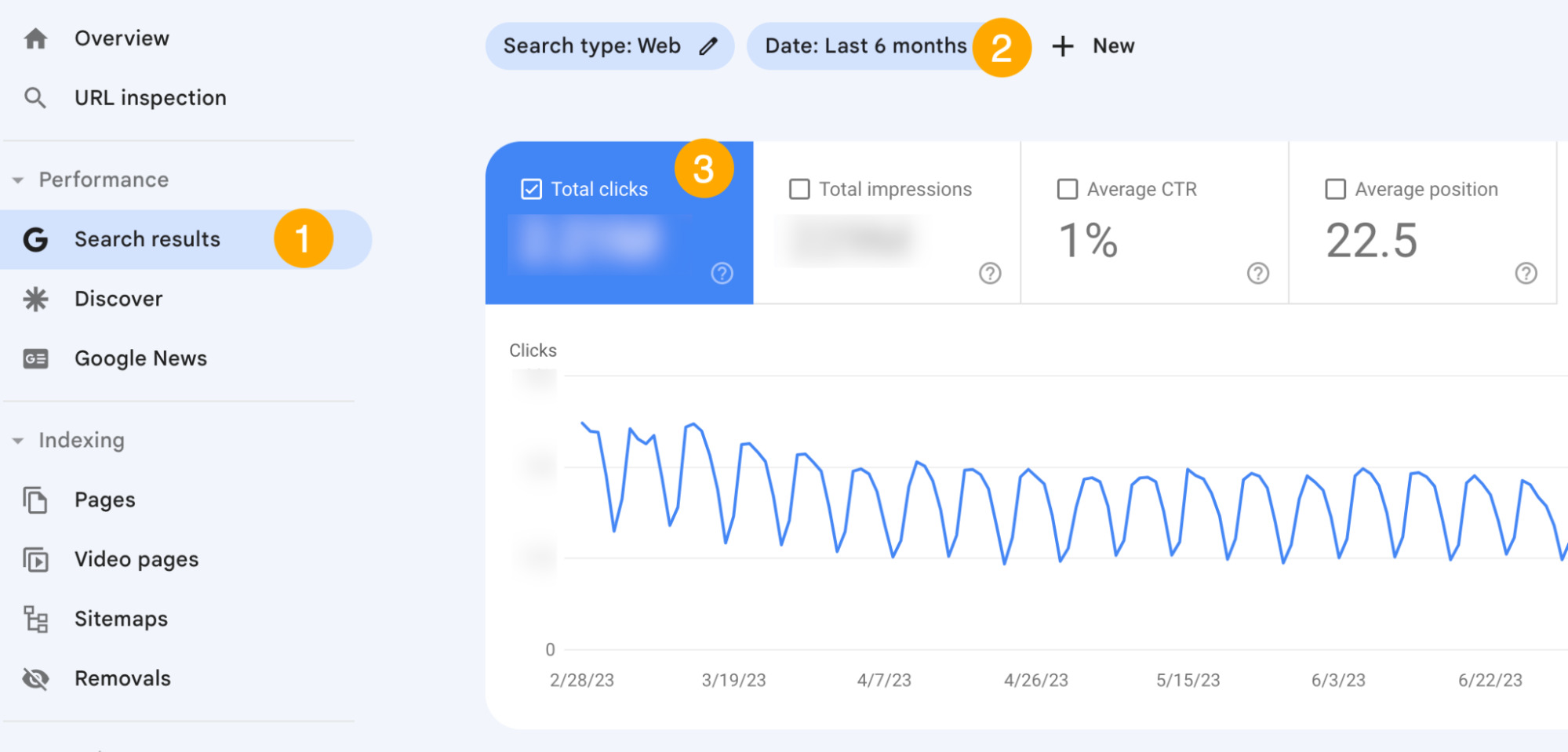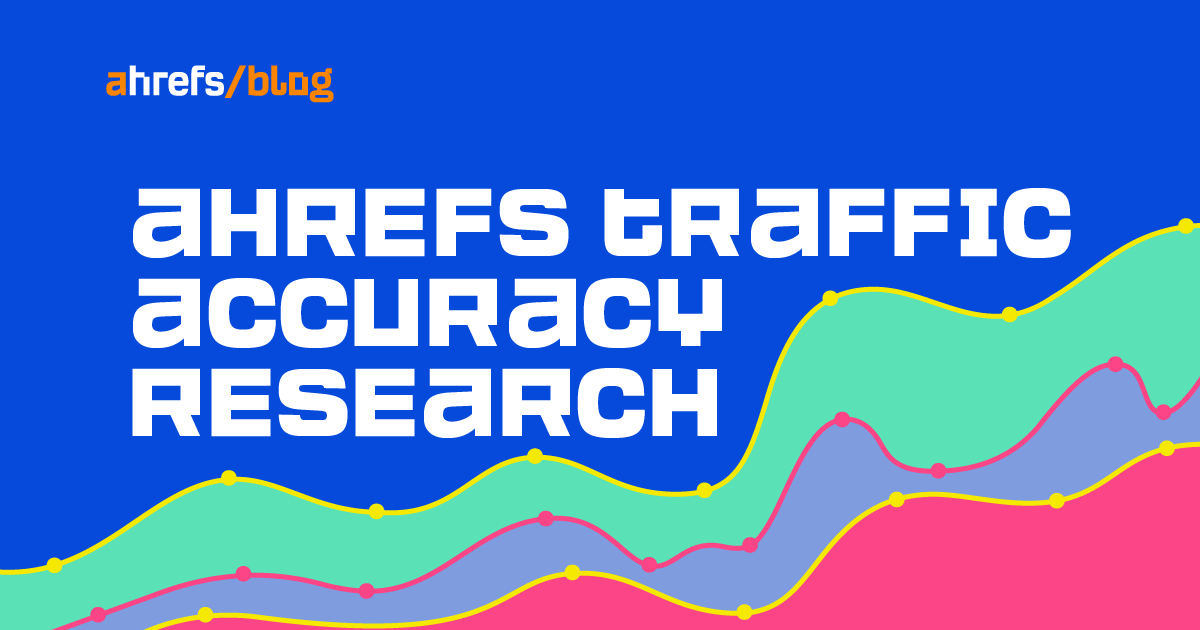SEO Monitoring Explained: Best Free Tools to Get Started
Monitoring key aspects of SEO is important because it allows you to react to things that can impact your visibility in search engines, such as declining keyword rankings. This article will help you understand what’s worth monitoring on...

SEO monitoring is about regularly checking your SEO performance and making sure your website is free from major technical issues. Monitoring key aspects of SEO is important because it allows you to react to things that can impact your visibility in search engines, such as declining keyword rankings. This article will help you understand what’s worth monitoring on your site regularly and how to do it using only free tools. The tools you will need are Google Search Console (GSC) and Ahrefs Webmaster Tools (AWT). Both tools are free for website owners. Google Search Console is one of the essential tools in SEO. It features data straight from Google, so many SEOs believe it’s the most accurate source for some metrics, such as organic traffic. While being an indispensable tool for SEO, GSC is not perfect. It shows limited data for keywords, backlinks, and SEO issues. Fortunately, AWT is a great tool to fill GSC’s data gaps. To get started with monitoring your SEO, you’ll need to track these: Here’s why and how. Organic traffic refers to the clicks you get from search engine results pages (SERPs) when you rank for keywords searchers use. The higher you rank, the more traffic you can get. It’s the most high-level metric in SEO; most SEO tactics aim to increase it. You need to track organic search traffic to understand whether your SEO efforts are working. Use Google Search Console. Note that you need to open GSC (or create an account if you don’t have one). You can also see the same traffic data in AWT if you link your GSC account. The benefit here is that you will be able to see data past GSC’s 16-month limit. Pro Tip Some SEOs and content marketers monitor conversions from organic traffic to see which pages have the biggest impact. It’s not something everyone does because the buyer’s journey for content can be too complex to properly attribute to a single article or even a set of articles. If you want to track conversions from organic traffic, you can do that for free using Google Analytics or its free alternatives like Matomo. Keyword ranking is the position a page ranks for a given keyword on the SERP. You need to track keyword positions because when they go down, you lose traffic. You don’t need to track rankings for all of your keywords, though. You just need to track target keywords for all important pages. You also need to know when they go up because that probably means your SEO is working. You can use GSC or AWT. If you’re using Google Search Console, you can: 1. Go to the Search results report and set up a new filter for the exact query you want to check. You will be able to see only one query at a time. 2. Enable the Average position metric. If you’re using Ahrefs Webmaster Tools: 1. Go to your Dashboard and click on the Organic keywords card. 2. The tool will take you to Site Explorer where you can see your keyword rankings (“Position” column), which pages rank (“URL” column), and how fresh the data is (“Updated” column). 3. To get a list of only your most important keywords, plug them into the Keyword filter. Make sure to set “is” and “any” modes. Referring domains are the unique websites pointing to your site. Monitoring them is the best way to see whether your link profile is growing. A growing link profile means that your site is gaining authority, which can help your pages rank higher. Use Ahrefs Webmaster Tools. You can: 1. Go to your Dashboard. 2. Access the Backlinks card, which gives you a quick insight into backlinks growth. 3. Click on the card to get more data (if you need it). 4. The tool will take you to Site Explorer, where you can see all backlinks from the domains, Domain Rating (DR), and other related data. You should aim to build as many or more links than your competitors to increase your chances for ranking. Read our Link Building for SEO: The Beginner’s Guide to learn how. Technical SEO issues refer to possible problems Google may have with finding, crawling, indexing, and understanding your site. Monitoring for technical issues matters because it allows you to find and fix errors that can hurt your rankings. Note Some issues can have a bigger impact than others (especially these nine issues). Your site may have some lesser issues (such as missing image alt text) and still rank high. Use Ahrefs Webmaster Tools to monitor for serious technical issues, i.e., errors. You can: 1. Open AWT and go to Site Audit. 2. Click on Errors in the “Issues distribution” card. 3. Go to the issue list, then click on the question mark next to the error and follow the instructions. To keep your site in good technical health, schedule regular crawls in AWT and fix the most pressing issues. Here are some popular metrics used in SEO that, in our opinion, are not worth regularly monitoring. That said, they may be useful in other situations. You can do a lot with AWT and GSC. But there are some aspects of SEO monitoring that only premium SEO tools can do. Got questions or comments? Ping me on X.Organic search traffic
How to check


Keyword rankings
How to check





Referring domains
How to check


Technical SEO issues
How to check


Final thoughts

 Lynk
Lynk 
































